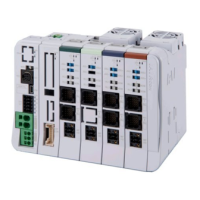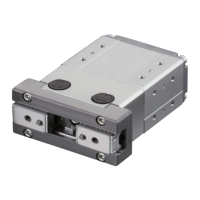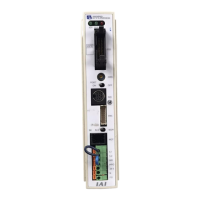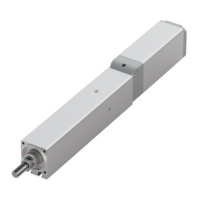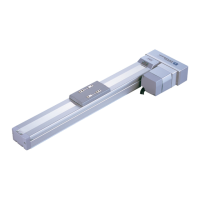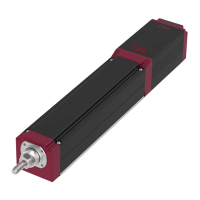2.1 Troubleshooting
C2-1
ME0384-4A
Chapter 2 Troubleshooting
2.1 Troubleshooting
If a problem occurs, check the following points first in order to ensure quick recovery and prevent
recurrence of the problem.
(1) Check the status LED (SV/ALM LED) of each RCON system device
Check the SCON controller LED status for each gateway unit, driver unit, simple absolute
unit or SCON expansion unit connected.
(2) Check for abnormality in the host device (PLC, etc.)
(3) Check the control power supply, motor power supply and field network power supply voltages
Check for momentary power failure, voltage drop, power failure, etc.
(4) Confirm the generated alarm
Check the alarm information with the teaching tool.
(5) Check the connectors for disconnection or incomplete connection
(6) Check the cables for connection error, disconnection or snagging.
Cut off the main power supply of the equipment (to avoid electric shock) and remove the
cables around the measurement point (to avoid conductivity through the surrounding
circuit) before checking the conductivity.
(7) Check the network terminal resistor mounting status and resistance
(8) Check the I/O signals
Use a teaching pendant to check for inconsistency or abnormality in the input/output signal
status of the host device and RCON system.
(9) Check the noise elimination measures (grounding, connection of noise suppressor, etc.)
(10) Check the events leading to the occurrence of the problem, as well as the operating
conditions at the time of occurrence
(11) Analyze the cause
(12) Countermeasures
Caution
● When proceeding with troubleshooting, exclude normally functioning parts from the
targets to narrow down the causes.
● First, check (1) to (12) so that countermeasures can be taken swiftly.
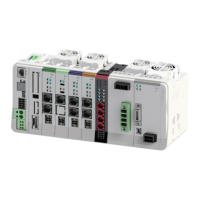
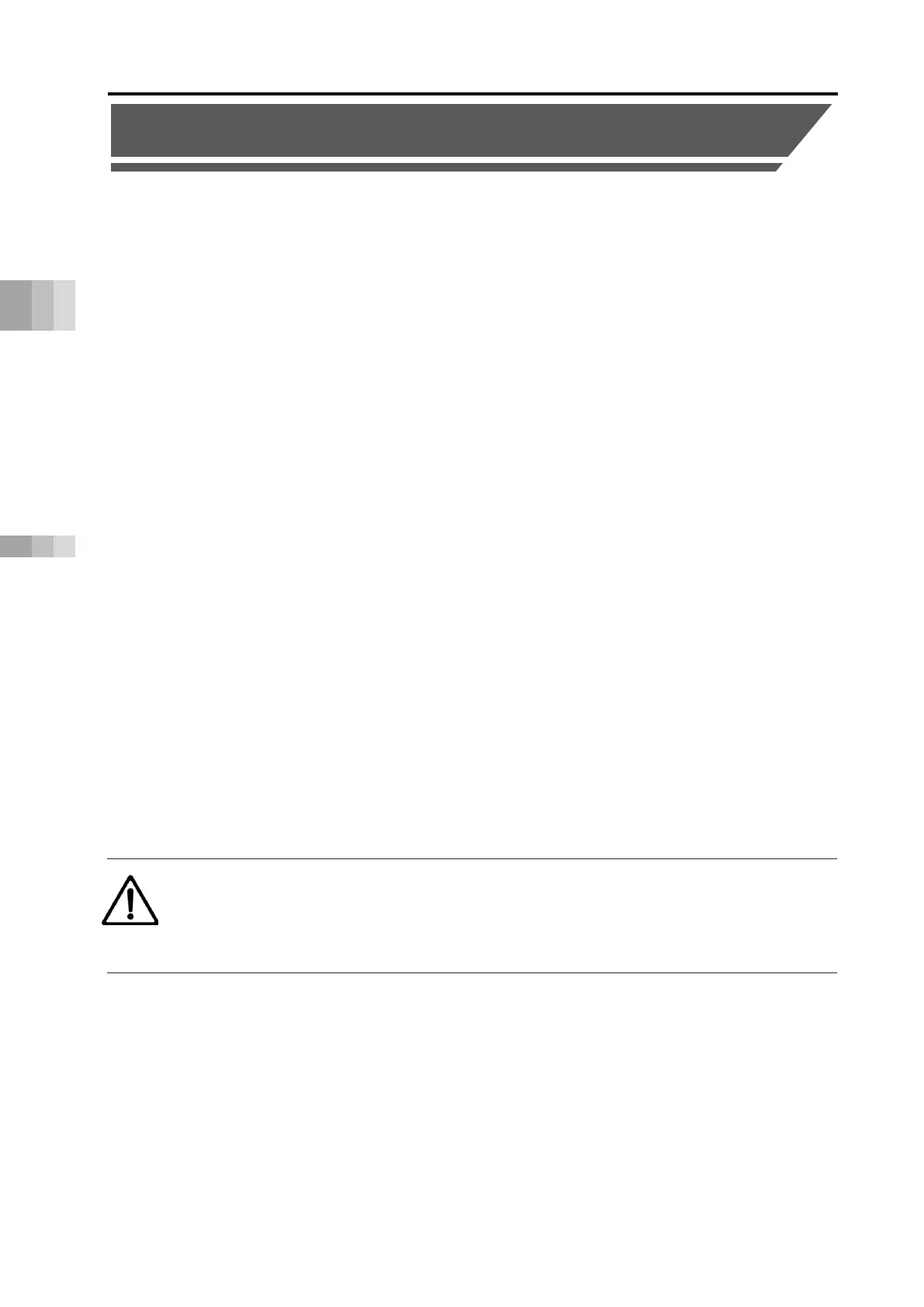